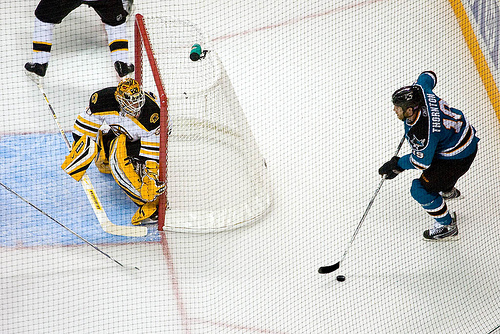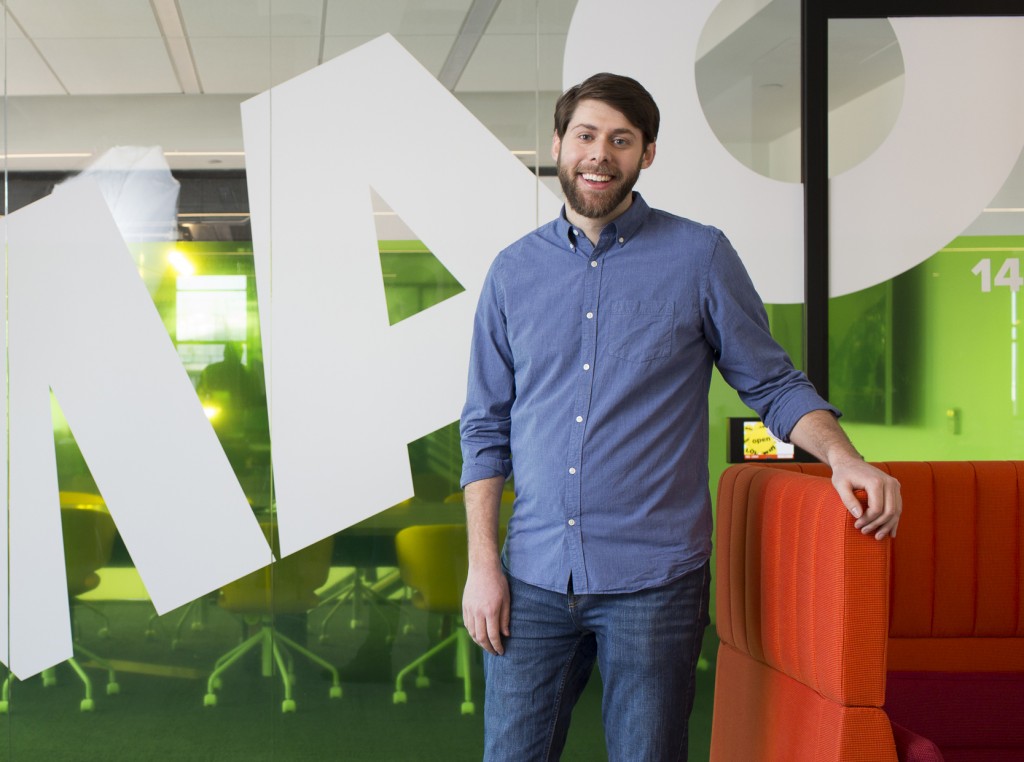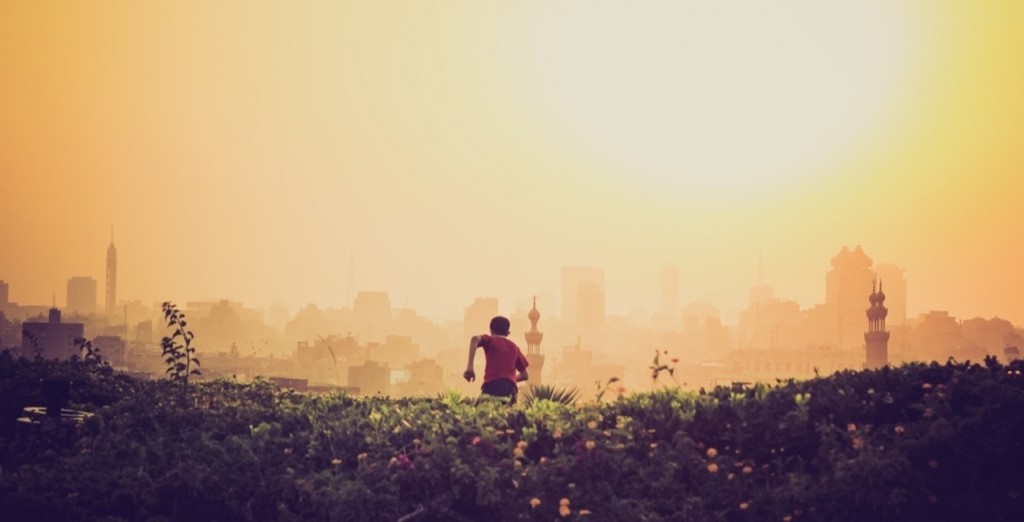I’ve been thinking a lot lately about the narratives that we construct around our lives, and how they influence the way we see the world.
Point in case: The Stanley Cup Playoffs.
The San Jose Sharks are going to the Stanley Cup Finals for the first time in franchise history — after years of coming up just short. Wrote the San Jose Mercury News this week:
…their 5-2 victory over the St. Louis Blues in Game 6 of the Western Conference Finals came with an air of the surreal. This was Sisyphus getting the boulder up the hill. This was Wile E. Coyote catching The Road Runner.
Two guys on the Sharks — Joe Thornton and Patrick Marleau — had played a combined 2,767 games, but never made a Finals. And the narrative around them had always been about one thing: Baggage. Any discussion of their playoff success required talking about their many previous playoff failures. This was their fourth trip to the conference finals since ’04 — but they’d never been able to get over the hump.
Then this year, they did.
And suddenly, the narrative’s changed. For a player like Thornton, the media’s now talking about his 150 career playoff games as a sign of experience, not futility. Suddenly, he’s a veteran player who’s made it! The failures that came before were a test of his mettle, not proof that he couldn’t get it done in the clutch!
We’ve been through this before with so many great athletes. LeBron was the superstar who couldn’t win the big one, until he did. (Twice!) Phil Mickelson was the golfer who couldn’t win the big one, until he did. (He’s since won five majors!) The Red Sox couldn’t do it, until they did. (Twice!) The San Francisco Giants didn’t have what it took, until they did. (Three titles in five years!) Alex Ovechkin couldn’t win it all, until… OK, I guess I’m still waiting on that one.[1. ☹ ☹ ☹]
Point is: We’re all crafting these narratives, and every bit of work we put in is a chance to flip the script. You can always keep going, and always keep working to rewrite your story. It’s never too late — not even for a 19-year veteran like Joe Thornton — to breakthrough and change the narrative forever.
———
That photo of Joe Thornton was taken by Flickr user pointnshoot and used here thanks to a Creative Commons license.







